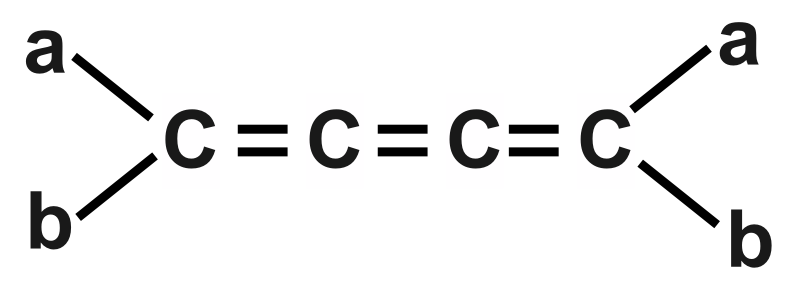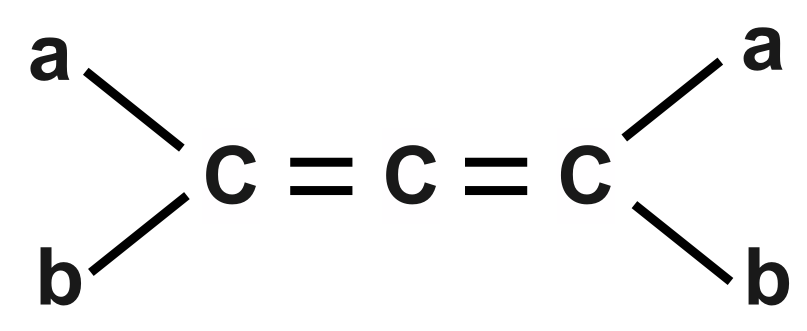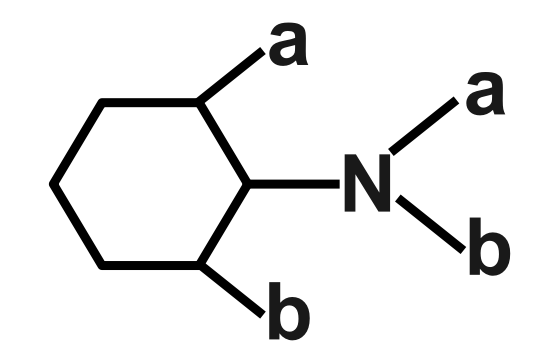
Which of the following optically inactive?
(A)

(B)

(C)

(D)





Answer
526.2k+ views
Hint :We know that the optical isomers are where isomers display identical features with respect to their molecular weights. One important feature taken into account is chemical and physical properties. they do differ in their effect on rotation of polarized light. It happens when the isomers have the same molecular and structural formula. They are the mirror images of each other thus they cannot be superimposed.
Complete Step By Step Answer:
They have different spatial (three dimensional) arrangements of atoms. Elimination of all different arrangements occurs. It is because the molecule is spinning in its entirety or revolving around unique bonds. There is a presence of an asymmetric carbon atom. This means that if the plane of polarized light goes through the enantiomer solution rotates in the clockwise direction this would mean that the enantiomer is said to exist as $ \left( + \right) $ form. It is $ \left( - \right) $ enantiomer when the plane of polarized light rotates in an anti-clockwise direction.
The net rotation is zero as in racemic mixture, it rotates the plane of polarized light equally in the opposite direction. To check the optical activity, we first have to see whether the carbon is attached to four different groups or not. In this case we know that allenes are known to be optically active. This is because they have an even number of cumulative double bonds and this is because they’re both sides are dissymmetric.
Therefore, the correct answer is option B.
Note :
Note that the optical activity of a substance is known to be the ability of a substance to rotate the plane of polarization of a beam of light which has been passed through it. The term which is used to define the intensity of optical activity is called Specific rotation. It means that it relates to the angle through which the plane is rotated, light path length which goes through the sample and density of the same.
Complete Step By Step Answer:
They have different spatial (three dimensional) arrangements of atoms. Elimination of all different arrangements occurs. It is because the molecule is spinning in its entirety or revolving around unique bonds. There is a presence of an asymmetric carbon atom. This means that if the plane of polarized light goes through the enantiomer solution rotates in the clockwise direction this would mean that the enantiomer is said to exist as $ \left( + \right) $ form. It is $ \left( - \right) $ enantiomer when the plane of polarized light rotates in an anti-clockwise direction.
The net rotation is zero as in racemic mixture, it rotates the plane of polarized light equally in the opposite direction. To check the optical activity, we first have to see whether the carbon is attached to four different groups or not. In this case we know that allenes are known to be optically active. This is because they have an even number of cumulative double bonds and this is because they’re both sides are dissymmetric.
Therefore, the correct answer is option B.
Note :
Note that the optical activity of a substance is known to be the ability of a substance to rotate the plane of polarization of a beam of light which has been passed through it. The term which is used to define the intensity of optical activity is called Specific rotation. It means that it relates to the angle through which the plane is rotated, light path length which goes through the sample and density of the same.
Recently Updated Pages
Master Class 11 Chemistry: Engaging Questions & Answers for Success

Why are manures considered better than fertilizers class 11 biology CBSE

Find the coordinates of the midpoint of the line segment class 11 maths CBSE

Distinguish between static friction limiting friction class 11 physics CBSE

The Chairman of the constituent Assembly was A Jawaharlal class 11 social science CBSE

The first National Commission on Labour NCL submitted class 11 social science CBSE

Trending doubts
What is meant by exothermic and endothermic reactions class 11 chemistry CBSE

10 examples of friction in our daily life

One Metric ton is equal to kg A 10000 B 1000 C 100 class 11 physics CBSE

Difference Between Prokaryotic Cells and Eukaryotic Cells

What are Quantum numbers Explain the quantum number class 11 chemistry CBSE

1 Quintal is equal to a 110 kg b 10 kg c 100kg d 1000 class 11 physics CBSE




